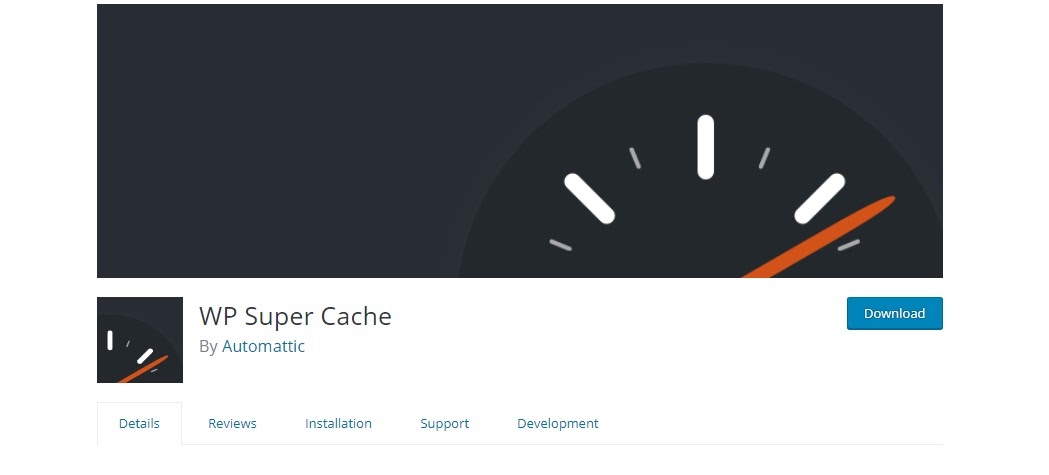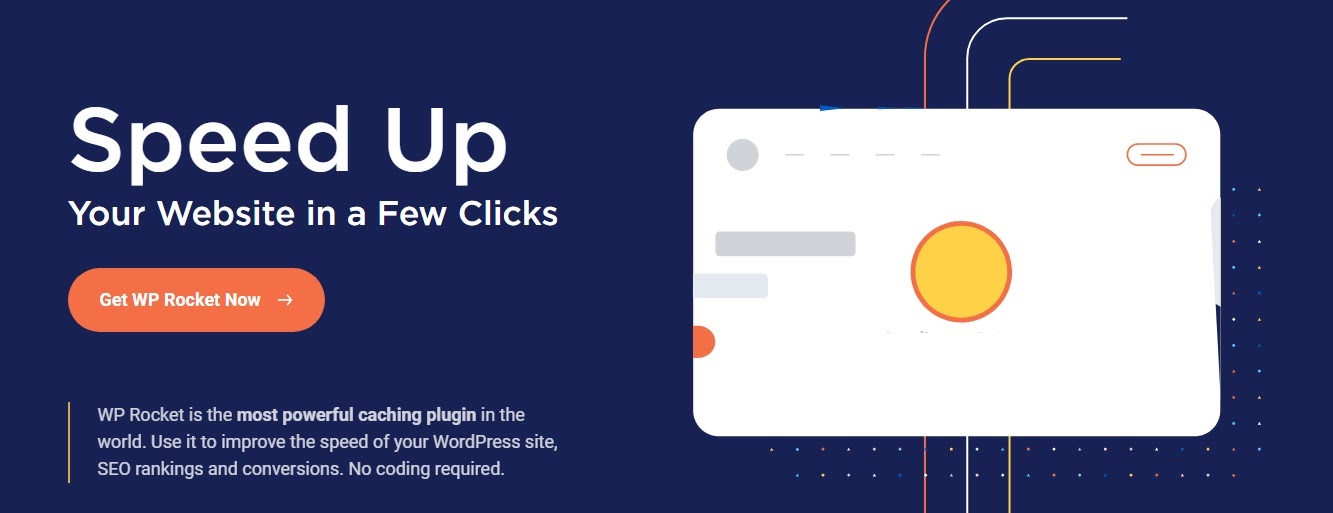How to Create a Business Plan: Ecommerce Business Plans
Proper planning is the key to success for any company and especially a new business.
A 2019 study from Startup Genome found that 90% of ecommerce startups fail within their first 120 days of operation. Some of the reasons for failure include poor search engine visibility, a saturated market, and financial issues — all of which could have been addressed ahead of time with an ecommerce business plan.
It may seem like a daunting task. But learning how to create a business plan is the best step you can take to set yourself up for long-term success.
In this guide, you’ll learn:
- Why you need an ecommerce business plan.
- What the elements of a business plan are.
- How to create a business plan for ecommerce.
Why You Need an Ecommerce Business Plan
An ecommerce business plan is just like the business plan you’d put together for any other business. It describes a company’s current status and eventual goals.
If you’re figuring out how to create a business plan, you’ll need to consider all the details of building your business, including:
- Products and services.
- Financial models.
- Operations.
- Staffing.
- Timeframe for achieving your goals.
Not every ecommerce brand launches with a formal business plan, but there is value in taking time to step back and study the market you’re looking to enter. That way, you can formulate a strategy to launch and grow a successful ecommerce site.
A solid business plan empowers you to:
- Develop a strategy for growing your business.
- Determine potential obstacles.
- Identify the human, physical, or financial resources needed.
- Evaluate the viability of your business idea.
Let’s go over the sections of a typical business plan.
Elements of a Business Plan
- Executive Summary
- Company Overview
- Market Analysis
- Products and Service
- Marketing Plan
- Operations Plan
- Financial Plan
Business Plan Template: How to Create a Business Plan for Ecommerce
Writing a business plan is not as complicated as people assume it will be. Here’s how to create a business plan for your online business.
Sum Up Your Plan With an Executive Summary
As the name suggests, the executive summary outlines the key points discussed in the rest of the ecommerce business plan. It is critical when you’re approaching potential investors with limited time.
The executive summary is often the last section to be written, but it should be the first thing someone reading your plan sees. The executive summary’s goal is to encourage the reviewer to continue reading the rest of the business plan.
Keep it brief — an executive summary shouldn’t exceed one page.
Introduce Your Company With the Company Overview
The company overview introduces the business. By the time a reader finishes this section, they should know who you are and what you plan to do.
This section should provide an overview of your business in terms of:
- Company and brand name
- Brand mission, vision, and values
- Business history: How did your company start?
- Business structure: Are you a single proprietorship, partnership, corporation?
- Business model: Do you purely sell products? Will you get into ads or affiliate marketing?
- Value proposition: What makes your company unique?
Study Opportunities by Conducting a Market Analysis
In an industry as volatile as ecommerce, it’s no exaggeration to say that choosing the right market can make or break your business — you may continuously struggle to sell if you’re in the wrong market. As such, it’s important to do some market research.
This section of your business plan should discuss:
- Market size: How big is your potential market?
- Market share: What percent of the market have you captured?
- Industry trends and growth: Explore other trends that may arise over time and other markets you can branch out to. A SWOT analysis can identify strengths, weaknesses, opportunities, and threats.
- Competitive analysis: How do you fare compared to your competitors? What strategies are you going to adopt? Will you differentiate, segment, or offer competitive pricing?
For ecommerce startups, you should also include the following when doing a competitor analysis:
Get Into More Detail About Your Products and Services
You will mention your products and services in other parts of your ecommerce business plan, but you can dig into the particulars in this section.
A products and services section is crucial if you sell niche products or provide a unique service. If you sell a variety of items, you can include general descriptions of each here.
Convince Your Target Audience To Buy With a Marketing Plan
Once you establish that you have a winning product to sell to a promising market, it’s time to determine how you’ll convince customers to buy. This could involve working with bloggers and influencers, sharing branded quips with market leaders on LinkedIn, or by signing up as a retailer with Amazon.
A marketing plan discusses your strategy to advertise your business and reach potential customers. Your plan will highly depend on the profile of your target market.
Your ideal customer is the foundation of your marketing plan. Visualize what kind of person you want to buy your products or services to create a buyer persona.
Come up with a set of general demographic characteristics such as:
- Age
- Gender
- Education level
- Salary
You should also consider their specific behaviors — how do they spend their time and money? For instance, a stay-at-home mom has different interests and spending habits compared to a college student.
Additionally, most ecommerce marketing strategies include information on what Neil Borden calls the 4P’s:
- Price: How much do your products and services cost? Why did you price it that way?
- Product: What are the product’s salient features? Why should people buy it? What makes it different from competitors?
- Promotion: How are you getting the word out? Are you going to do it through social media advertising? If so, what platform?
- Place: What ecommerce platform will you use to sell your products?
How to Do SEO for Ecommerce Websites: Techniques, Tools, & Best Practices >>
Share Your Ecommerce Startup’s Day-to-Day With an Operations Plan
The operations plan details how you’ll run your online business. This section should demonstrate to potential investors that there are contingency plans in place if difficult situations arise. It should also define the specific nature of your ecommerce store, such as whether it involves dropshipping or print on demand.
Your operations plan should cover every aspect of the supply chain:
- Suppliers and service providers: Where are your products sourced or produced? What about any raw materials that make them up?
- Production: Are products made, bought, or will they be dropshipped? Are they physical products or digital products?
- Facilities and equipment: Do you plan to have an office, physical retail space, or warehouse?
- Sales channels: Aside from your chosen ecommerce platform, will you also be selling on social media?
- Inventory: How much product will you have on hand? Where will it be stored?
- Delivery fulfillment: What is your delivery lead time? Will you offer both local and international shipping?
How Do I Find the Right Dropshipping Suppliers? >>
Demonstrate Profitability With a Solid Financial Plan
The time or effort you invest won’t matter much to potential investors. Their top consideration is a business’s financial feasibility.
Your financial plan is one of the most critical sections in your ecommerce business plan. With 82% of companies failing due to cash flow problems, potential investors want to know if a business will be worth their while. Digging into the financials will also help to determine how to fund initial startup costs.
Most financial plans include:
- Income statement: This includes revenue sources and income statements which show whether the business was profitable or not.
- Balance sheet: This provides a snapshot of your business’s equity, which is the difference between the assets and liabilities.
- Cash-flow statement: This is similar to the income statement but provides a real-time report of your revenue and expense flow. More income than expenses indicates a positive cash flow, while the opposite indicates a negative cash flow. Aim for the former to keep your business solvent.
Final Thoughts: How to Create a Business Plan for Ecommerce
An ecommerce business plan facilitates your business’s success by providing direction for where it should go. Writing an effective plan for your online store does not have to be complicated.
If you spend time gathering information on your company, competitors, and future plans, then your business plan can be a roadmap to achieving your business goals.
You handle the business plan, and we’ll handle your website. Jumpstart your ecommerce company with Hostdedi’s managed WooCommerce hosting packages and our online StoreBuilder today.
Related Content
Founded 20 years ago, Hostdedi managed platforms have always provided agencies with the ability to deliver the site experiences their clients expect. Built on the four pillars of speed, security, scalability, and service, our solutions are designed to help your website realize its potential. Visit Hostdedi.net today and see how we can help.



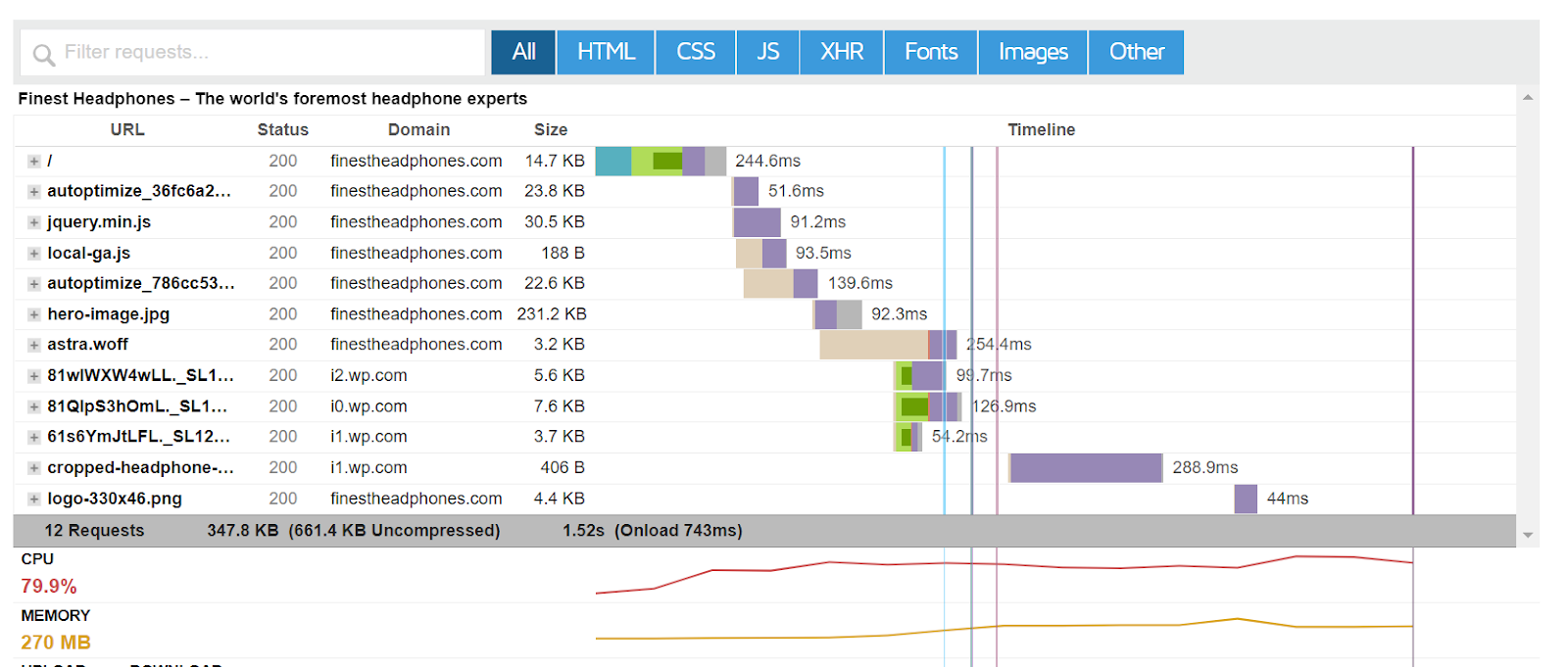

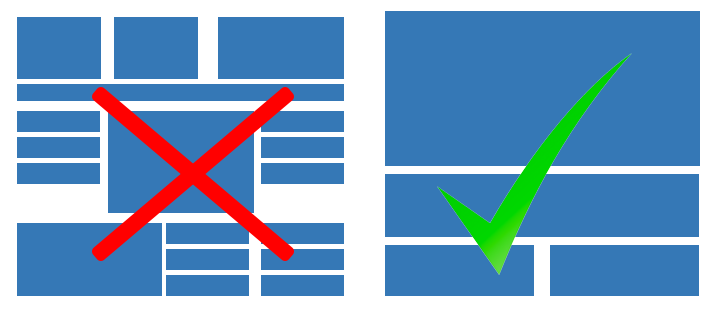
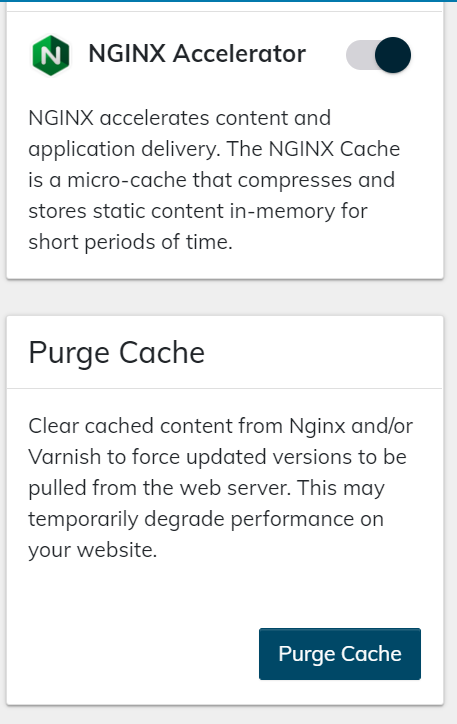
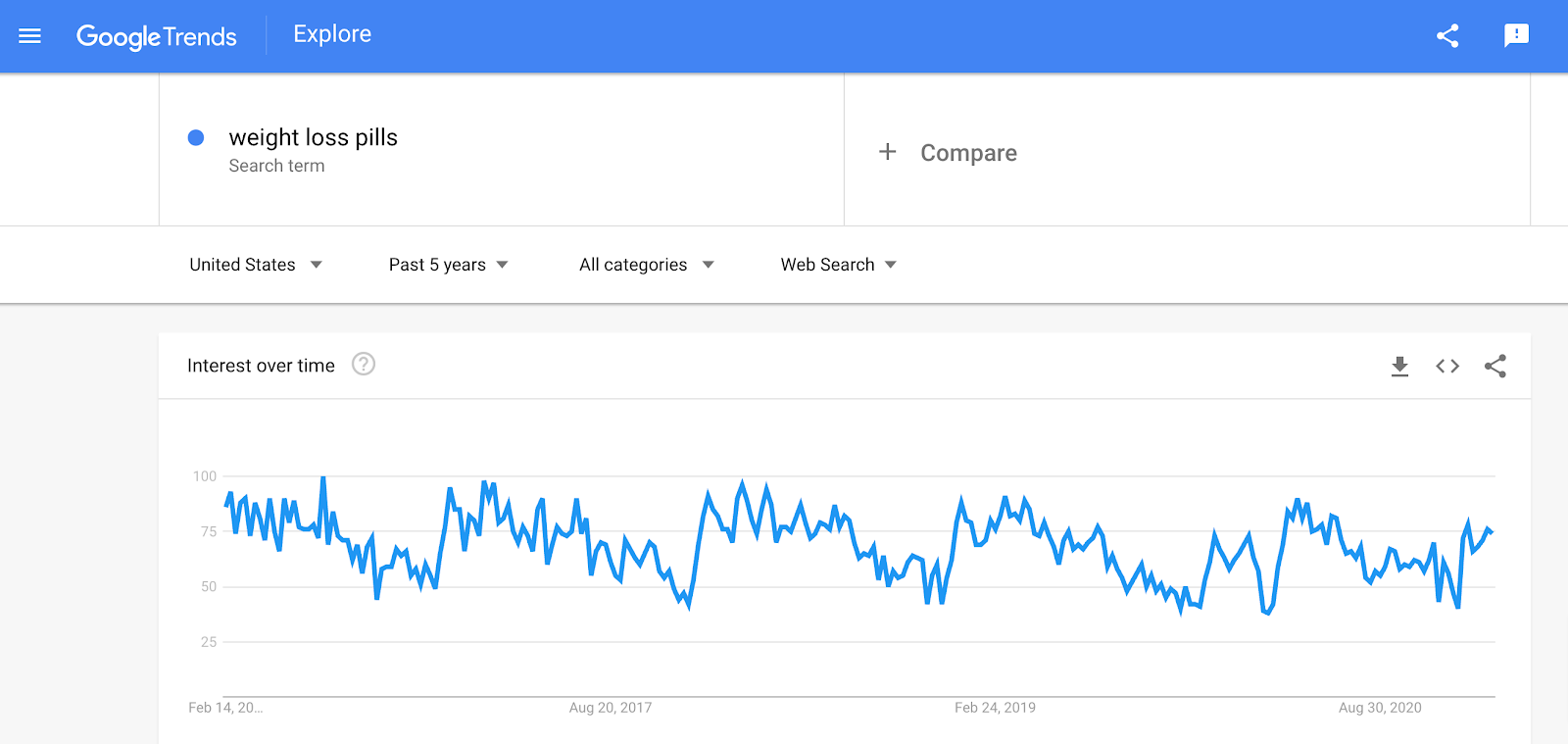
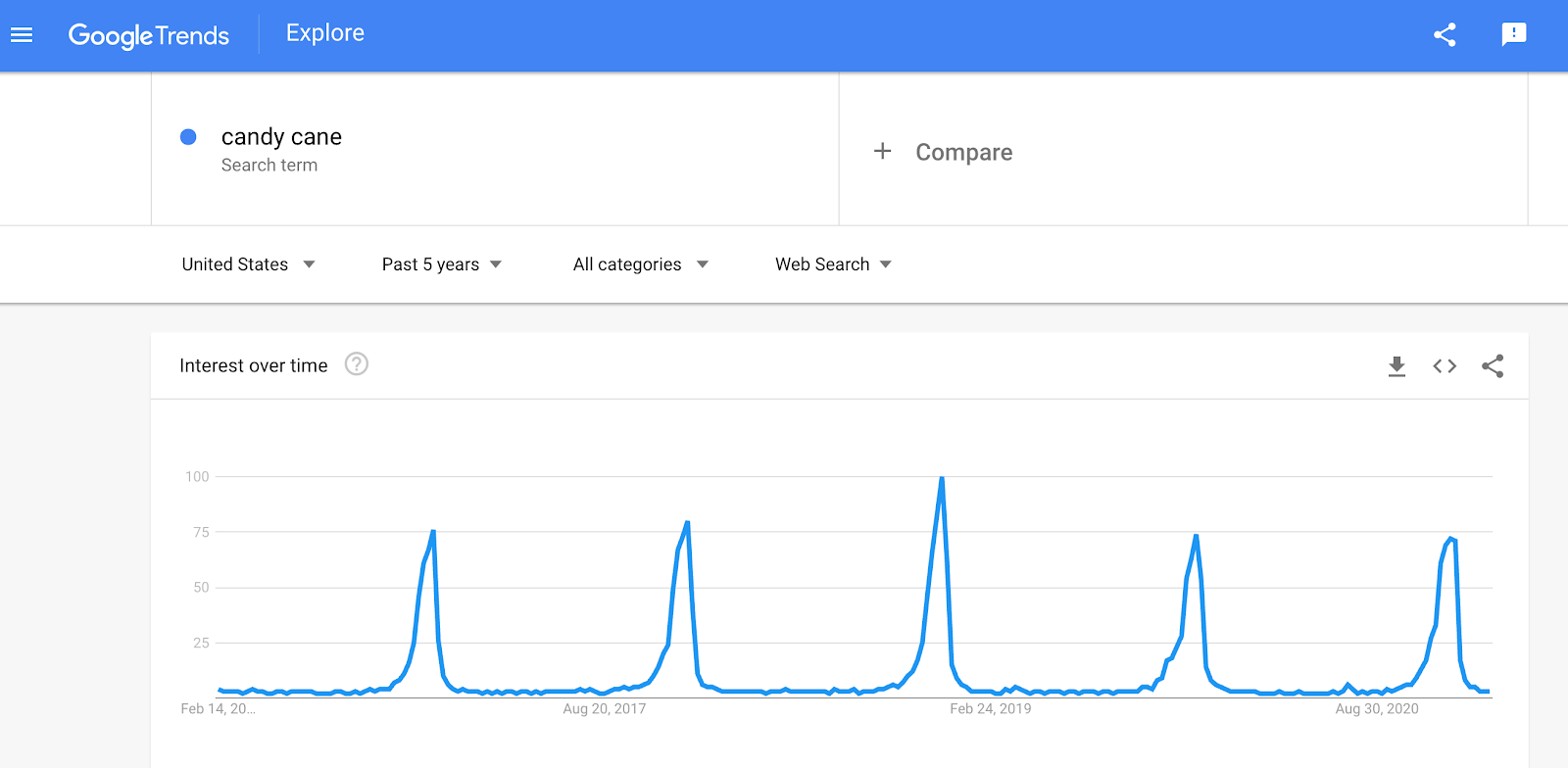
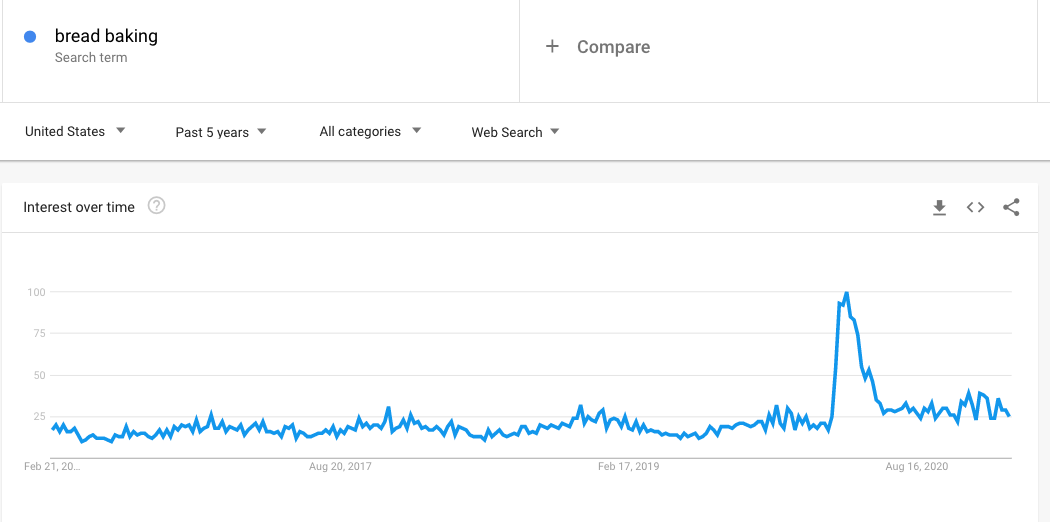
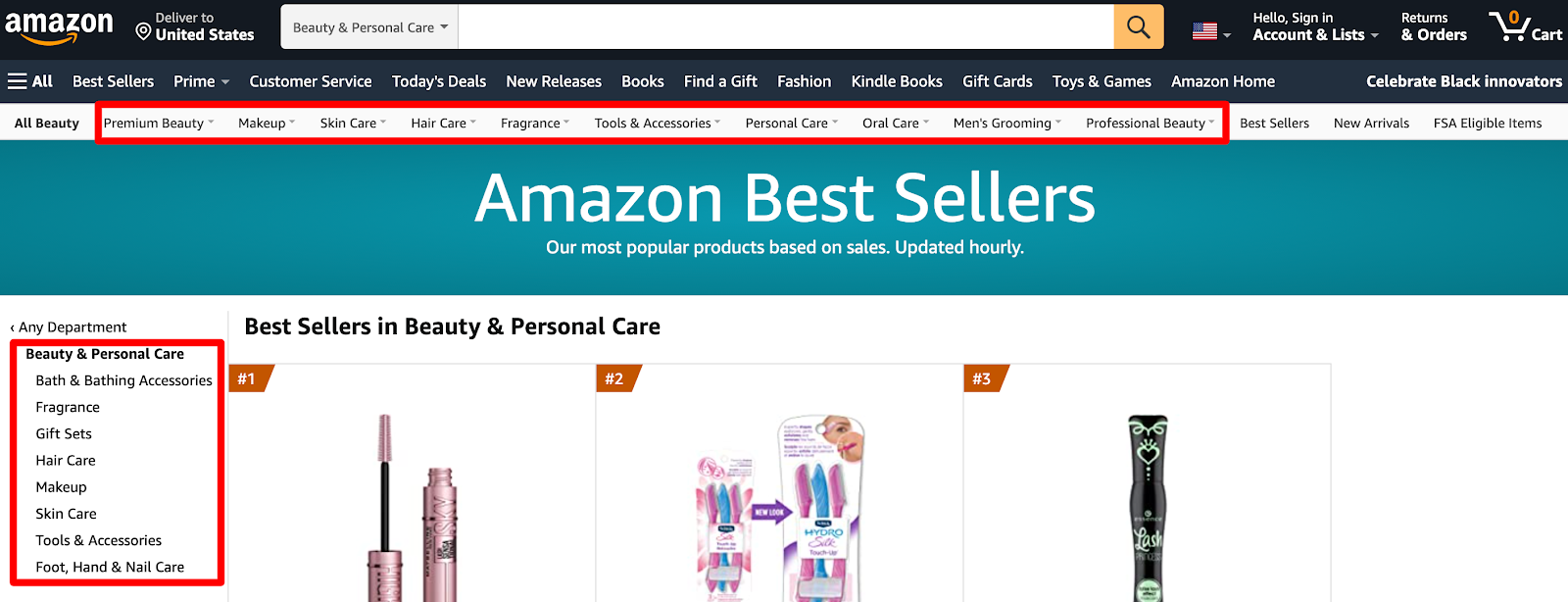

 Screenshot
Screenshot
